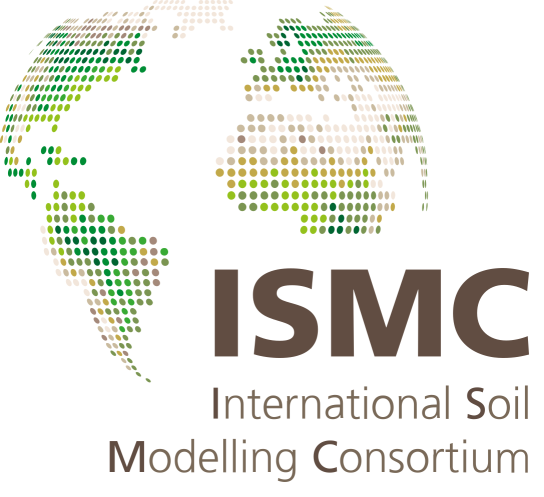Session programme
ISMC2021-1
ISMC2021-3
ISMC2021-4
Conveners:
Diederik Jacques,
Jiri Simunek,
Ulrich Weller
|
Co-Conveners:
Weiping Chen,
Guanhua Huang
ISMC2021-6
Conveners:
Shmuel Assouline,
Li Chen,
Xianli Xu
|
Co-Conveners:
Arnaud Temme,
Tiejun Wang,
Peter Finke
ISMC2021-9
ISMC2021-10


